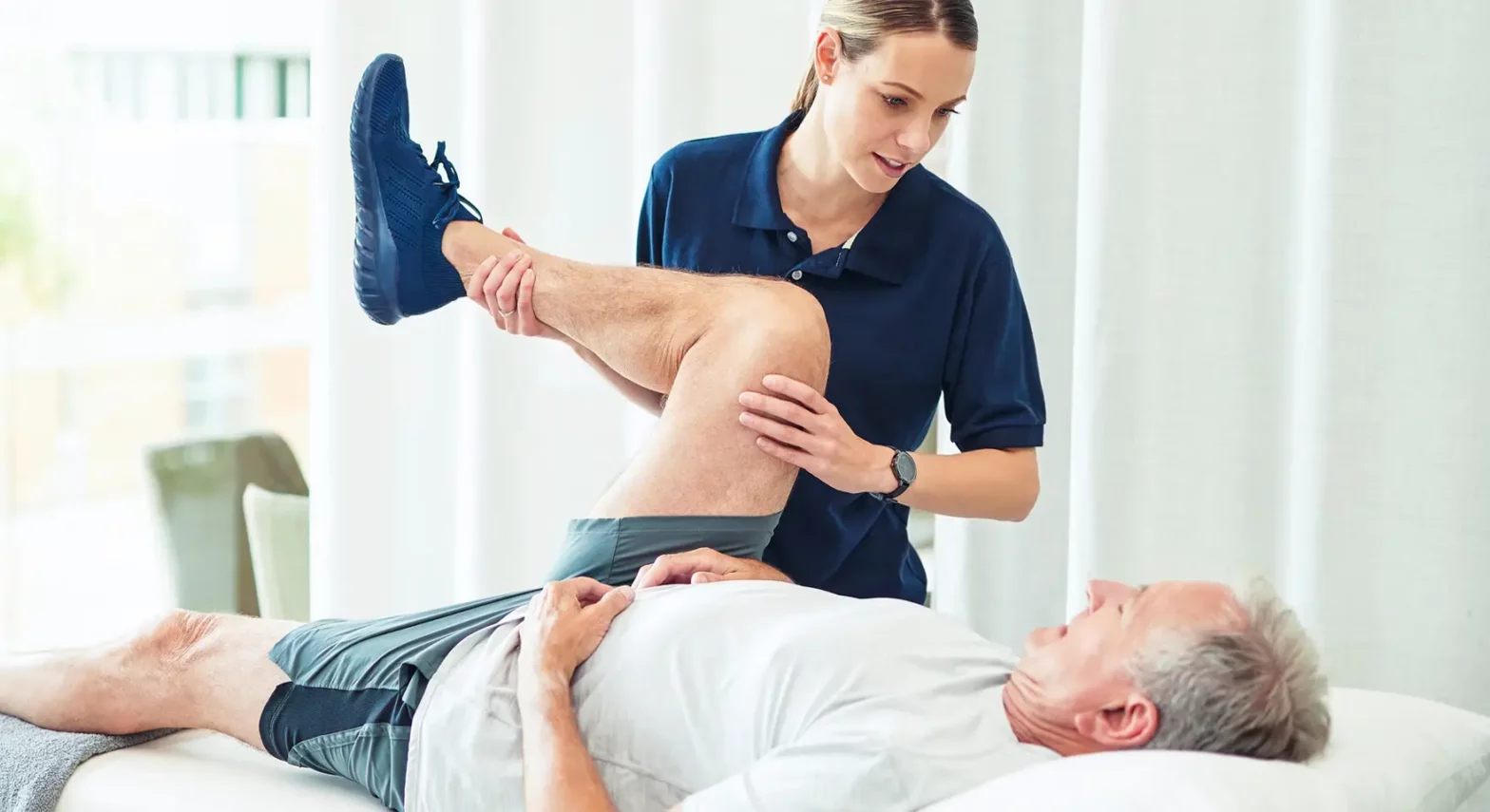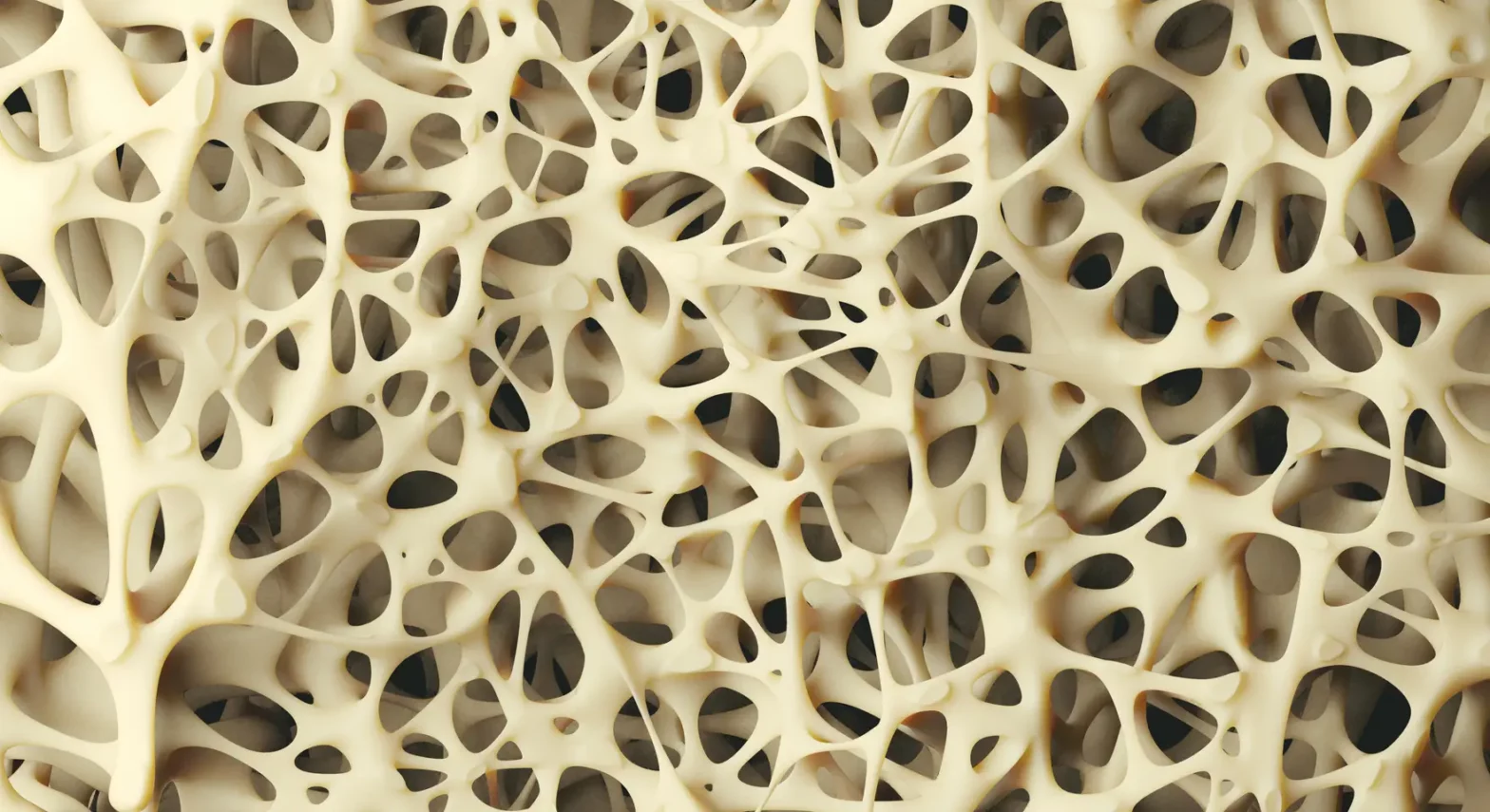May 16th, 2023
The Long Term Benefits of Quality Rehab After Orthopedic Surgery

Between 9% and 15% of orthopedic surgeons refer patients to rehabilitation professionals such as occupational therapists and physical therapists[1]. In most states, patients can only access these services if they get a referral from a surgeon or another doctor, which means the majority of patients are not getting rehabilitation right after their procedure. A similar study shows that less than 5% of primary care doctors recommend rehab services for their patients, which indicates people may also not be getting these therapies once they return home after surgery[2].
Though patients are encouraged to be strong advocates for their care and can certainly ask for these services, much of the responsibility in getting rehabilitation for patients is placed on doctors. It is common for patients to receive some amount of rehabilitation while in the hospital. Up to 75% of children – especially adolescents – participate in inpatient hospital rehabilitation after undergoing orthopedic procedures[3]. This demonstrates that age might play a role in who is recommended for such services. However, decreasing insurance reimbursement rates and a greater number of medical advances are leading patients of all ages to spend less time in the hospital. This makes outpatient rehabilitation even more crucial in helping patients get back to their lives after orthopedic surgery.
The positive outcomes of rehabilitation after orthopedic surgery are established. Research shows that rehabilitation can shorten hospital stays for patients who undergo total hip replacements, surgical hip fracture repairs, and a range of other procedures[4]. But there are actually a range of scientific reasons why people should participate in rehabilitation after orthopedic surgery.
Shortened Recovery Time
Rehabilitation – including occupational therapy (OT) and physical therapy (PT)– can help patients’ wounds heal more quickly by improving blood flow to areas that were operated on. When patients engage in early movement and physical activity under the supervision of a therapist, they experience an increase in overall circulation. This boosts the immune system and helps the body heal more quickly. This type of physical activity also prevents the formation of scar tissue, which commonly occurs after surgery and can cause joint stiffness and pain. By increasing circulation and healing wounds more effectively, patients are likely to experience less pain and lower levels of swelling. Such benefits translate to an overall shorter recovery time, since therapists can focus more on strengthening a patient’s muscles and joints and helping them return to certain activities.
Injury Prevention
Services such as OT and PT can also help patients prevent injury after having orthopedic surgery. Patients may wonder why this is necessary, since orthopedic surgery is often intended to repair injuries to the joints, muscles, and cartilage. When someone has an injury or chronic condition that impacts a specific area, the body often tries to adjust the way it moves in order to function better. For example, if someone tore their right Achilles tendon and did not get it diagnosed or treated right away, they may have been favoring their left ankle for a period of time. This usually means the left Achilles tendon (and ankle joint as a whole) carried more weight than it should have and may now be weaker. This can happen anywhere in the body when someone has an untreated injury. Rehabilitation is the most ideal way to prevent these types of injuries (or reinjuries) by teaching someone how to move more efficiently and safely.
Return to Routine
Another major plus of rehabilitation is that it helps patients get back to their normal routines after orthopedic surgery. While some people may be able to do this on their own, others may have difficulty with activity restrictions and limitations during their recovery period. Therapists can help patients learn how to move without interrupting the healing process and get things done in alternative ways until they can fully resume their regular activities. One way therapists do this is by offering customized exercises that start with light stretching and early motion followed by gradual resistance and strengthening. This helps the body build up its tolerance in preparation for someone’s everyday activities such as working, exercising, and engaging in active hobbies.
All types of rehabilitation involve stretching of the muscles and joints along with a range of functional exercises. Therapists may also use ice, heat, therapeutic ultrasound, electrical stimulation, and other methods at certain points during treatment to help manage pain and swelling. Physical therapists in particular assist patients in improving their motion and coordination while building strength and stamina. Occupational therapists help patients perform essential daily living tasks such as dressing, using the bathroom, and bathing along with those that pertain to their environment, such as cleaning the house and driving.
Find an Orthopedic Doctor in Your Area





